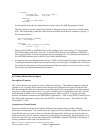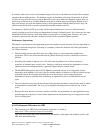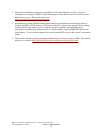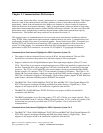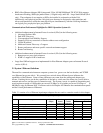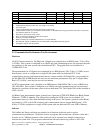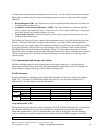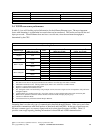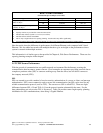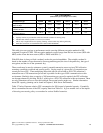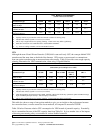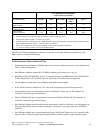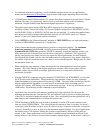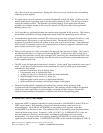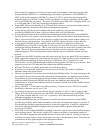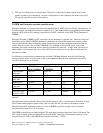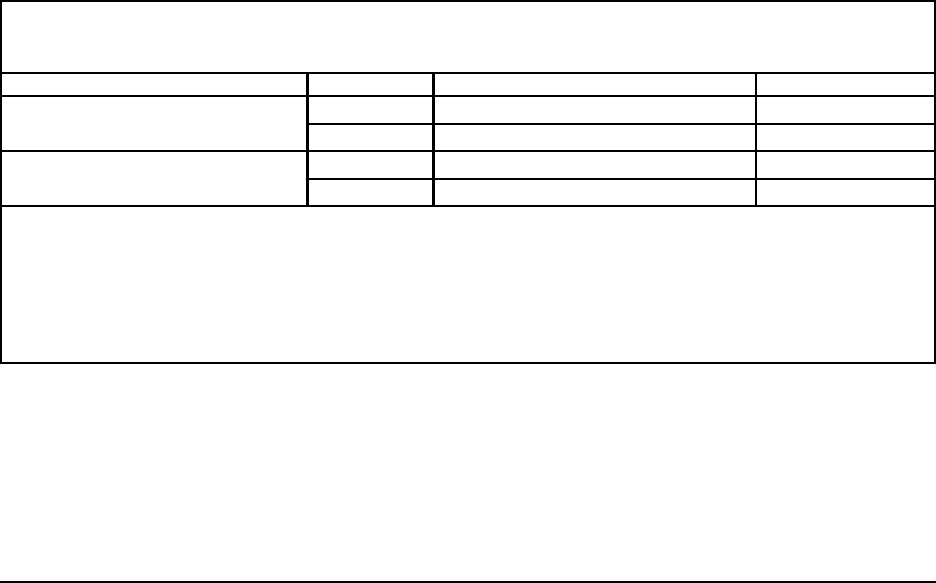
Notes:
y Capacity metrics are provided for nonsecure transactions
y The table data reflects System i as a server (not a client)
y The data reflects Sockets and TCP/IP
y This is only a rough indicator for capacity planning. Actual results may differ significantly.
y All measurement where taken with Packet Trainer off (See 5.6 for line dependent performance enhancements)
221.21279.6426
218.82261.511
Asym. Connect/Request/Response
(ACRR) 8K Bytes
912.341330.4526
873.62991.321
Request/Response
(RR) 128 Bytes
Virtual1 GigabitThreadsTransaction Type
RR & ACRR Performance
(Transactions per second per server CPU)
Here the results show the difference in performance for different Ethernet cards compared with Virtual
Ethernet. We also added test results with multiple threads to give an insight on the performance when a
system is stressed with multiple sessions.
This information is of similar type to that provided in Chapter 6, Web Server Performance. There are also
capacity planning examples in that chapter.
5.5 TCP/IP Secure Performance
With the growth of communication over public network environments like the Internet, securing the
communication data becomes a greater concern. Good examples are customers providing personal data to
complete a purchase order (SSL) or someone working away from the office, but still able to connect to
the company network (VPN).
SSL
SSL was created to provide a method of session security, authentication of a server or client, and message
authentication. SSL is most commonly used to secure web communication, but SSL can be used for any
reliable communication protocol (such as TCP). The successor to SSL is called TLS. There are slight
differences between SSL v3.0 and TLS v1.0, but the protocol remains substantially the same. For the
data gathered here we only use the TLS v1.0 protocol. Table 5.6 provides some rough capacity planning
information for SSL communications, when using 1 Gigabit Ethernet.
IBM i 6.1 Performance Capabilities Reference - January/April/October 2008
© Copyright IBM Corp. 2008 Chapter 5 - Communications Performance 69



